Rising Demand in Catalysis
The Organometallic Market is experiencing a notable increase in demand for catalysts, particularly in the petrochemical and polymer sectors. Catalysts based on organometallic compounds are essential for enhancing reaction rates and improving product yields. The market for catalysts is projected to grow at a compound annual growth rate of approximately 5.2% over the next few years. This growth is driven by the need for more efficient and sustainable chemical processes, as industries seek to reduce waste and energy consumption. As a result, the organometallic compounds that serve as catalysts are becoming increasingly vital in various applications, including the production of fuels and plastics. The emphasis on efficiency and sustainability in chemical manufacturing is likely to further bolster the organometallic market, as companies invest in advanced catalytic technologies.
Advancements in Material Science
Innovations in material science are significantly influencing the Organometallic Market. Organometallic compounds are increasingly utilized in the development of advanced materials, including conductive polymers and nanomaterials. These materials are essential in various applications, such as electronics, energy storage, and environmental remediation. The market for advanced materials is expected to expand, with a projected growth rate of around 6.5% annually. This trend indicates a rising interest in organometallics for their unique properties, which can enhance the performance of materials. Furthermore, the integration of organometallic compounds in the synthesis of new materials is likely to open new avenues for research and development, thereby driving the organometallic market forward. The synergy between material science and organometallic chemistry appears to be a key factor in the industry's evolution.
Growing Applications in Electronics
The Organometallic Market is experiencing growth due to the expanding applications of organometallic compounds in the electronics sector. These compounds are increasingly utilized in the production of semiconductors, photovoltaic cells, and other electronic components. The demand for high-performance materials in electronics is driving the need for organometallics, which offer unique properties such as conductivity and stability. The electronics market is projected to grow at a rate of approximately 5.8% annually, which is likely to positively impact the organometallic market. As technology advances and the need for more efficient electronic devices increases, the role of organometallic compounds in this sector is expected to become more prominent, further solidifying their importance in the organometallic market.
Regulatory Support for Green Chemistry
The Organometallic Market is benefiting from regulatory frameworks that promote green chemistry practices. Governments and regulatory bodies are increasingly advocating for sustainable chemical processes that minimize environmental impact. Organometallic compounds, known for their efficiency and effectiveness in catalysis, align well with these green chemistry principles. The push for environmentally friendly alternatives is likely to drive demand for organometallics, as industries seek to comply with stringent regulations. This regulatory support is expected to enhance the market's growth, with projections indicating a potential increase in organometallic applications in green chemistry by 8% over the next few years. As companies adapt to these regulations, the organometallic market is poised to expand, driven by the need for sustainable solutions.
Increased Investment in Research and Development
The Organometallic Market is witnessing a surge in investment directed towards research and development activities. This trend is primarily fueled by the growing recognition of the potential applications of organometallic compounds in various fields, including pharmaceuticals, agriculture, and energy. Companies are allocating substantial resources to explore novel organometallic compounds and their functionalities, which could lead to breakthroughs in drug development and sustainable agricultural practices. The global investment in R&D for organometallics is anticipated to rise by approximately 7% annually, reflecting the industry's commitment to innovation. This increased focus on R&D not only enhances the understanding of organometallic chemistry but also fosters collaboration between academia and industry, thereby propelling the organometallic market to new heights.


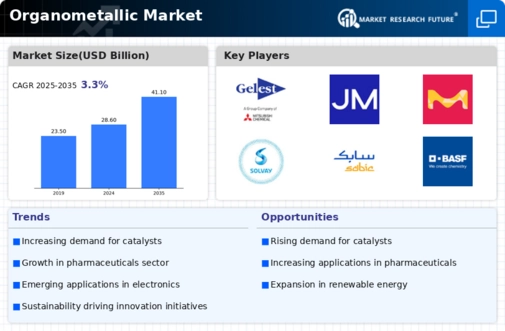
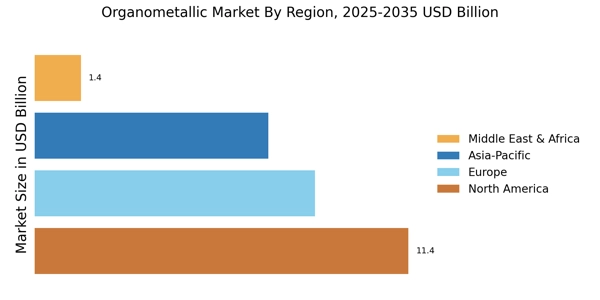
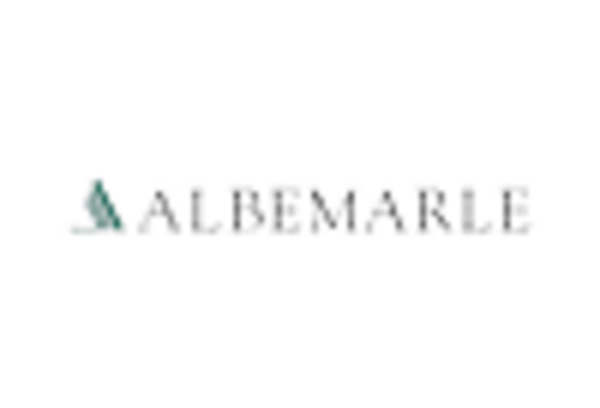


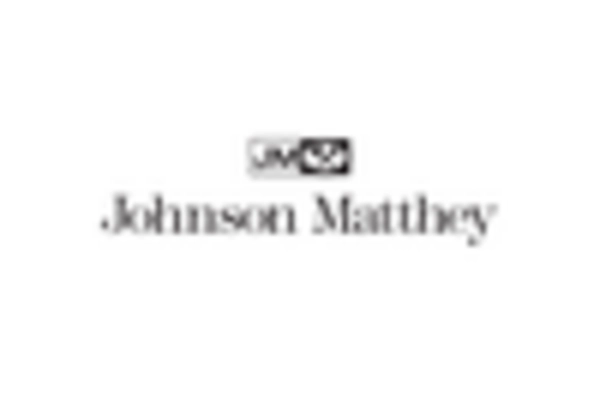

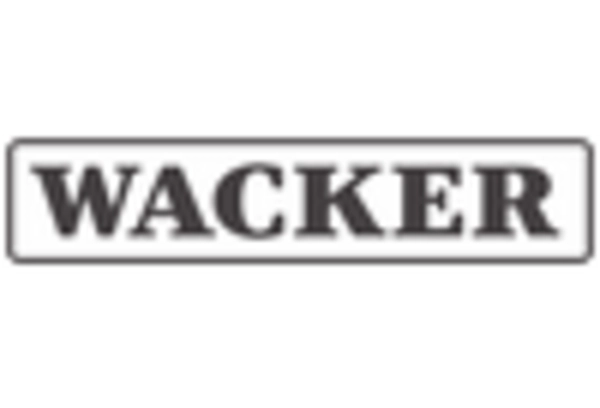








Leave a Comment